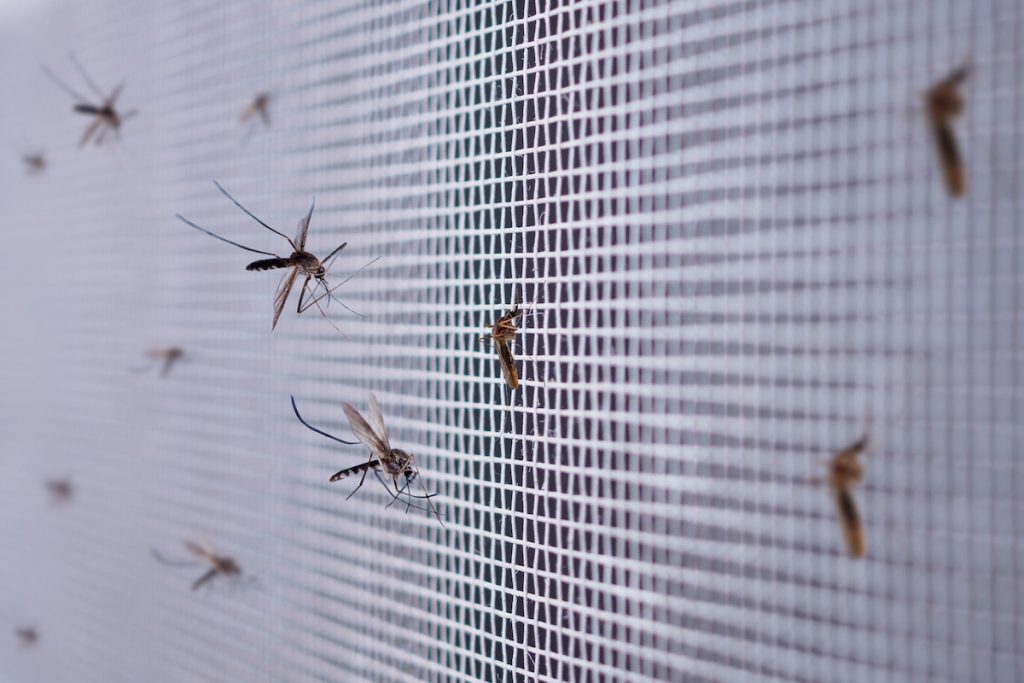As a homeowner, I know how annoying it can be to have bugs coming through the air conditioner vents. If you’re like me, you want to know how to prevent bugs from coming through air conditioner vents. Fortunately, there are some easy and proven tips that can help keep bugs out of your house. In this article, I’ll discuss some of the most effective ways to keep bugs out and away from your air conditioner vents.
Causes of Bugs Entering Through Air Conditioner Vents
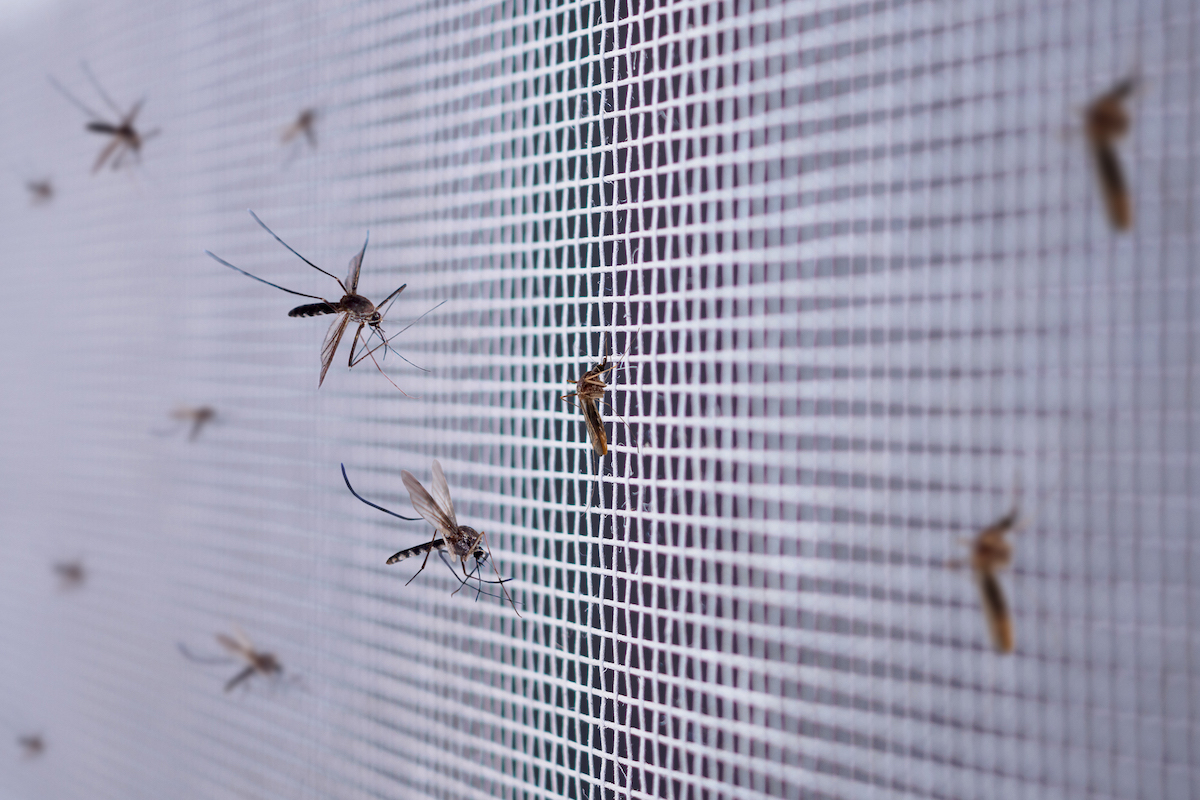
- Inadequate screening on air conditioner vents.
- Gaps between air conditioner vents and the wall.
- Rodents, such as rats and mice, entering the vents from outside.
- Insects, such as ants or roaches, coming through the vents from outside.
- Insects, such as flies and mosquitoes, being sucked into the vents.
- Insects, such as spiders, entering through the vents in search of food.
There are several causes of bugs entering through air conditioner vents, all of which can lead to an infestation in your home. Inadequate screening on air conditioner vents can allow bugs to easily enter. In addition, gaps between air conditioner vents and the wall can also provide an entry point for insects. Rodents, such as rats and mice, can also enter through the vents from outside. Insects, such as ants or roaches, can also come through the vents from outside. Insects, such as flies and mosquitoes, can also be sucked into the vents due to the powerful air flow. Finally, insects, such as spiders, can enter through the vents in search of food.
Cracks

To prevent bugs from coming through air conditioner vents, it’s important to seal any cracks around the vents. Cracks can be found in the walls and ceilings, around the vents, and around the window frames. To seal these cracks, use caulk or weather sealant. Fill the cracks completely with the sealant and allow it to dry before you turn the air conditioner back on. Use a putty knife to smooth out the sealant and create a tight seal.
If the cracks are more than 1/4 inch wide, you may need to use a foam backer rod before applying the sealant. Foam backer rods are available at any home improvement store and come in different sizes to fit the size of the cracks. Place the rod in the crack and then apply the sealant over the rod. This will help ensure a tight seal.
| Task | Instructions |
|---|---|
| Find Cracks | Look for cracks in walls and ceilings, around the vents, and around the window frames |
| Seal Cracks | Fill the cracks completely with sealant and allow it to dry before turning on the air conditioner |
| Smooth Out Sealant | Use a putty knife to smooth out the sealant and create a tight seal |
| Wide Cracks | If the cracks are more than 1/4 inch wide, use a foam backer rod before applying the sealant |
Poor Sealing
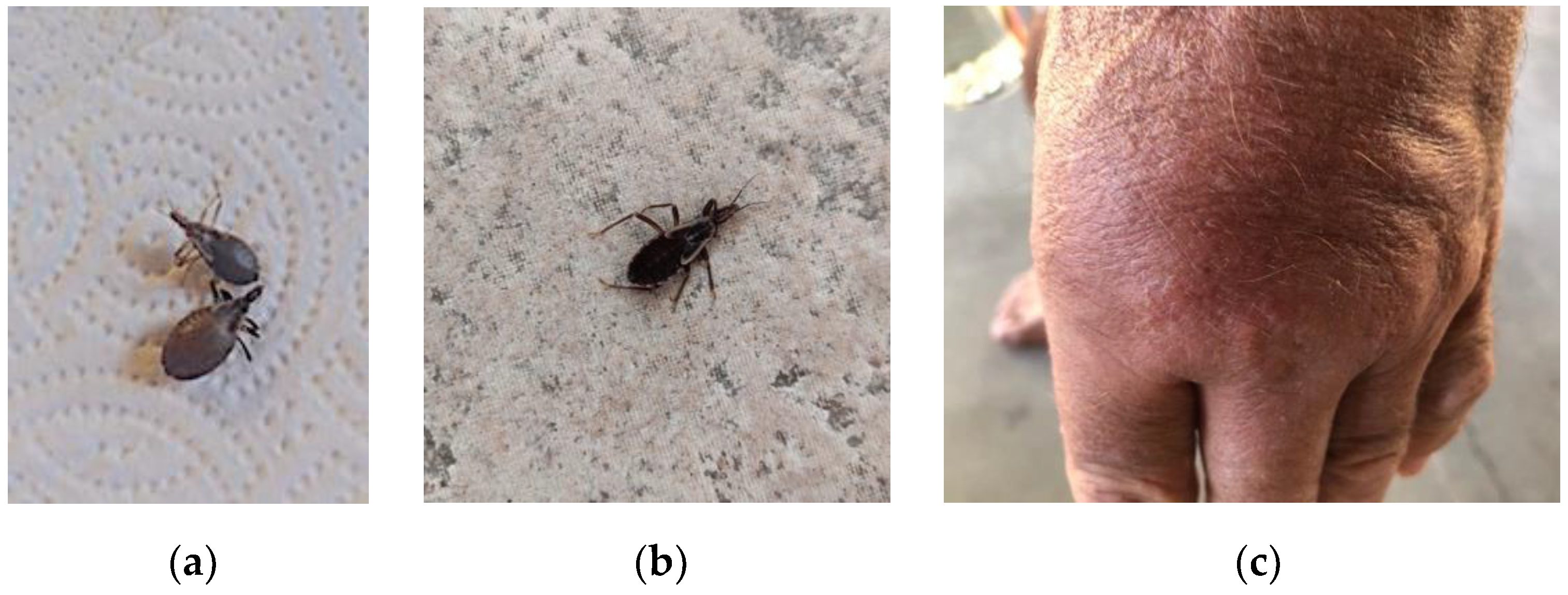
- Check the seal around the air conditioner vents. If it is damaged, replace it.
- Ensure there are no gaps around the vent cover.
- Caulk around the edges of the vent to fill any cracks.
- Check for any holes in the ductwork and seal them with insulation tape.
- Use weatherstripping to fill in any gaps or cracks around the vent.
Openings
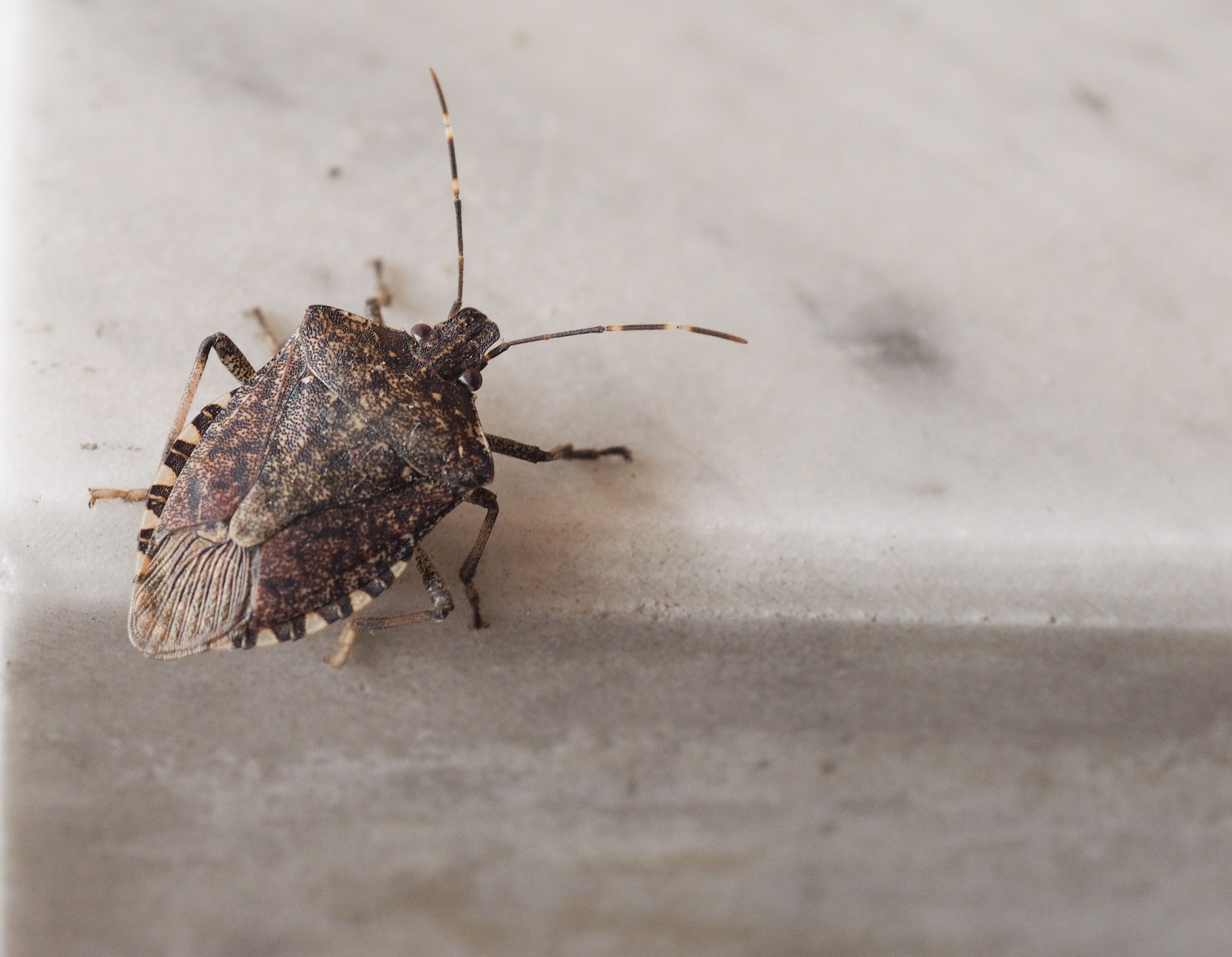
- Inspect air conditioner vents for any openings or cracks.
- Check for any damage or gaps in the air conditioner ducts.
- Look for any cracks or openings in the air conditioner unit.
- Check around the exterior of the air conditioner unit for any openings or gaps.
- Inspect the area around the air conditioner unit for any holes or gaps.
- Check the air conditioner filter for any damage or openings.
- Look for any gaps or holes in the air conditioner’s return air grills.
- Inspect the air conditioner’s evaporator coil for any openings or damage.
Preventive Measures
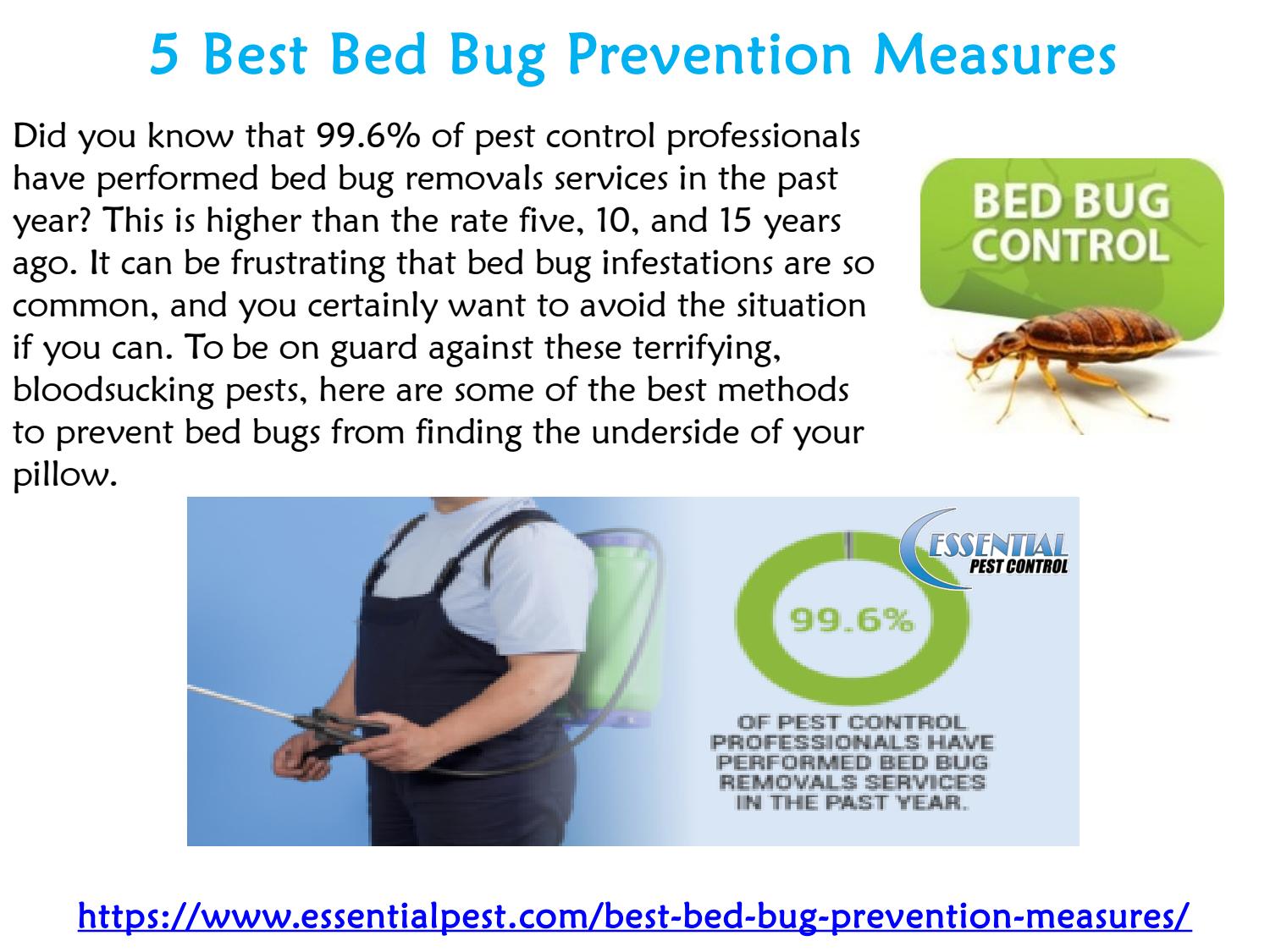
- Keep the air conditioner vents clean and free from debris.
- Ensure that the vents are kept closed when not in use.
- Check the vents regularly for signs of bugs and treat them if necessary.
- Place screens on the outside of the vents to prevent bugs from entering.
- Make sure the air filters are clean and in good working order.
- Check the seals around the vents for any cracks or gaps.
- Ensure that the air conditioner is regularly serviced.
- Invest in a high-efficiency air filter for your air conditioner.
- Make sure that the outdoor unit is located away from areas where bugs can enter.
Inspect the Vents
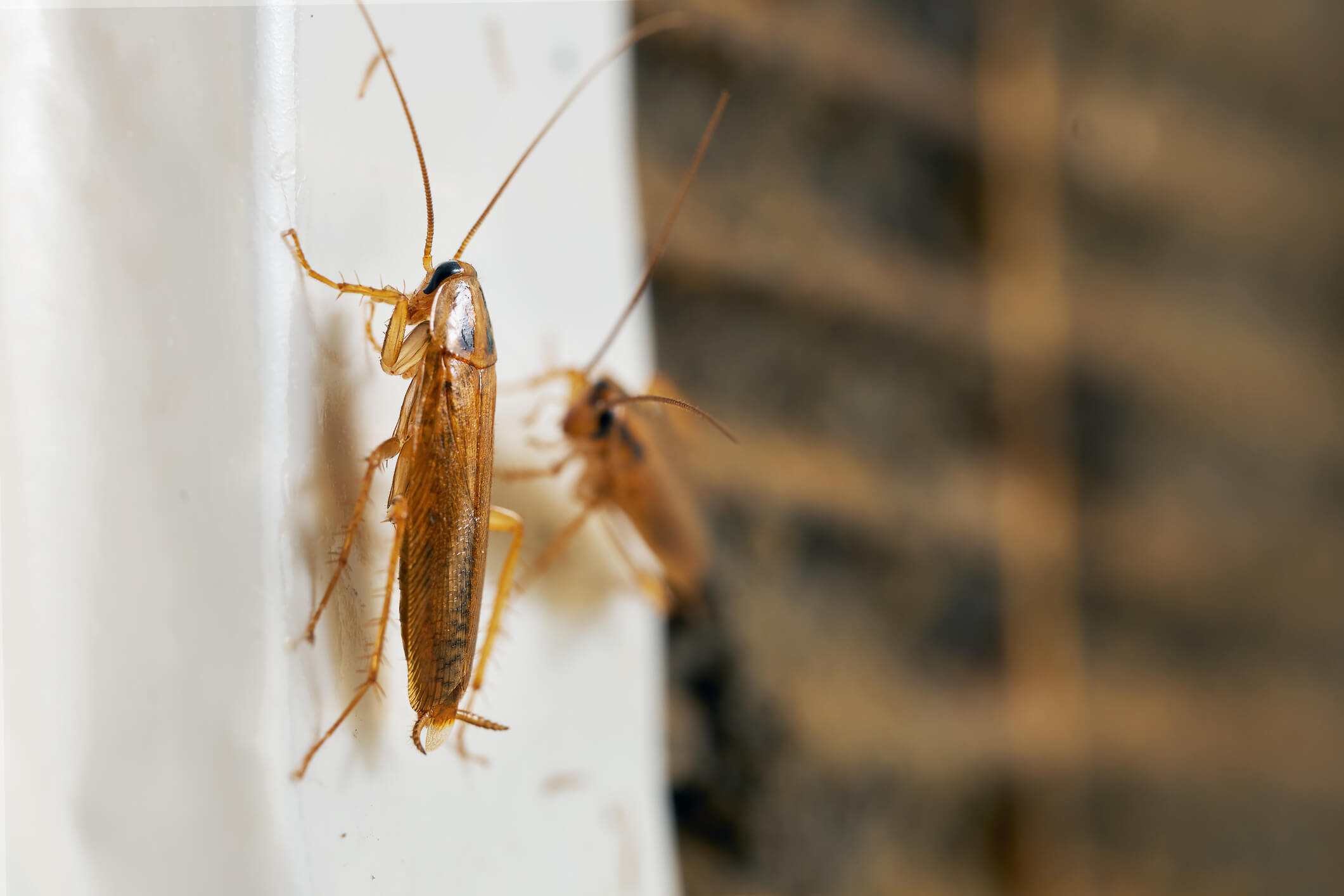
- Visually inspect the air conditioner vents for any holes or cracks.
- Clean the vents and make sure they are free of any debris.
- Use a flashlight to access any hard-to-reach areas.
- Check for any signs of mold or mildew.
- Replace the vents if they are damaged or cracked.
Check for Cracks
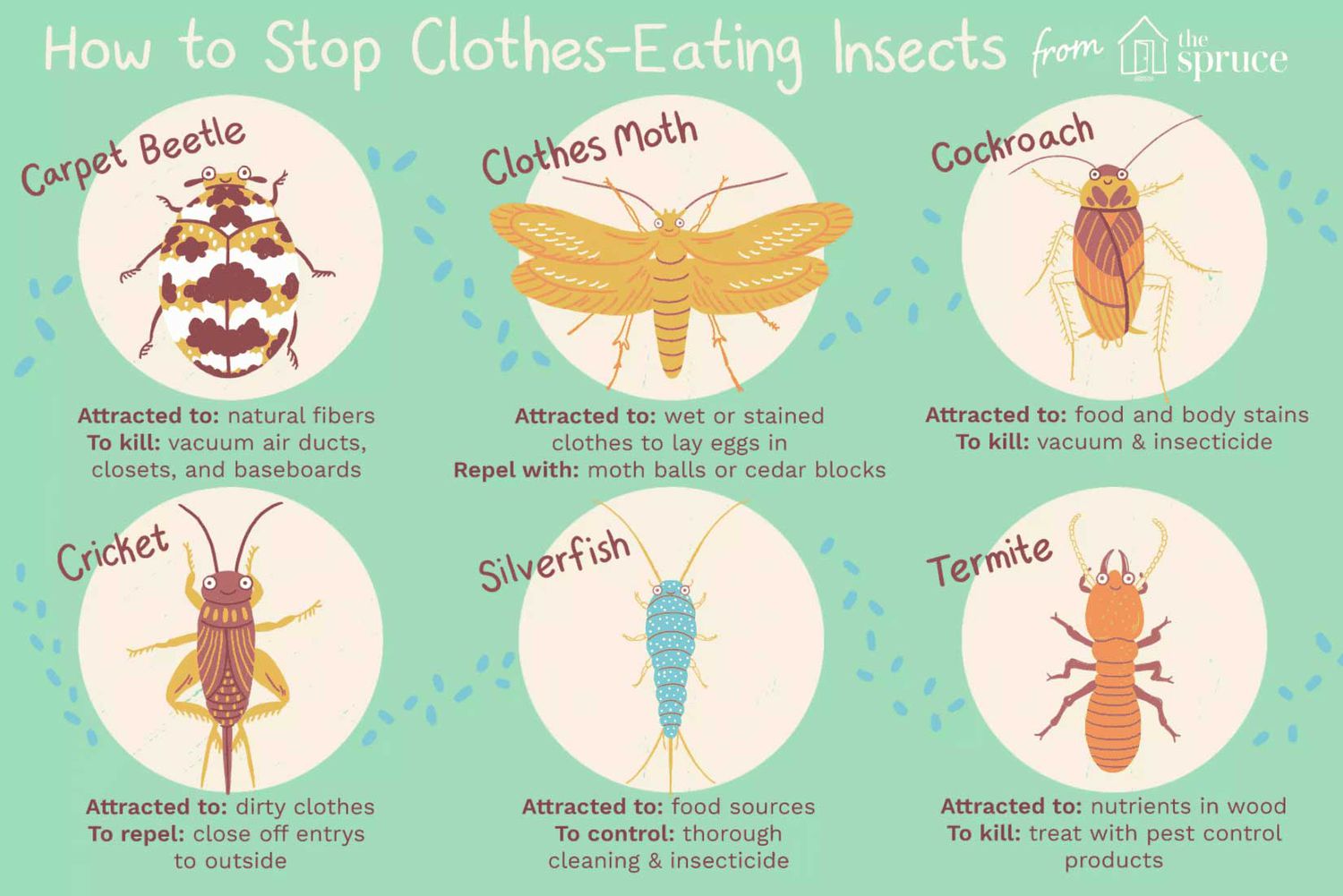
I need to inspect the air conditioner vents for any cracks. These cracks can allow bugs to come in through the vents. To do this, I need a flashlight and a mirror. I’ll hold the flashlight on one side and the mirror on the other. This will help me see any cracks on the vent that may be letting bugs in. If I find any, I will need to seal them up with caulk or some other material to prevent any bugs from getting in through the cracks.
| Steps | Explanation |
|---|---|
| Inspect the air conditioner vents | Look for any cracks that can allow bugs to come in |
| Use a flashlight and a mirror | This will help to see any cracks on the vent |
| Seal any cracks | Use caulk or some other material to prevent bugs from getting in |
Clean the Vents
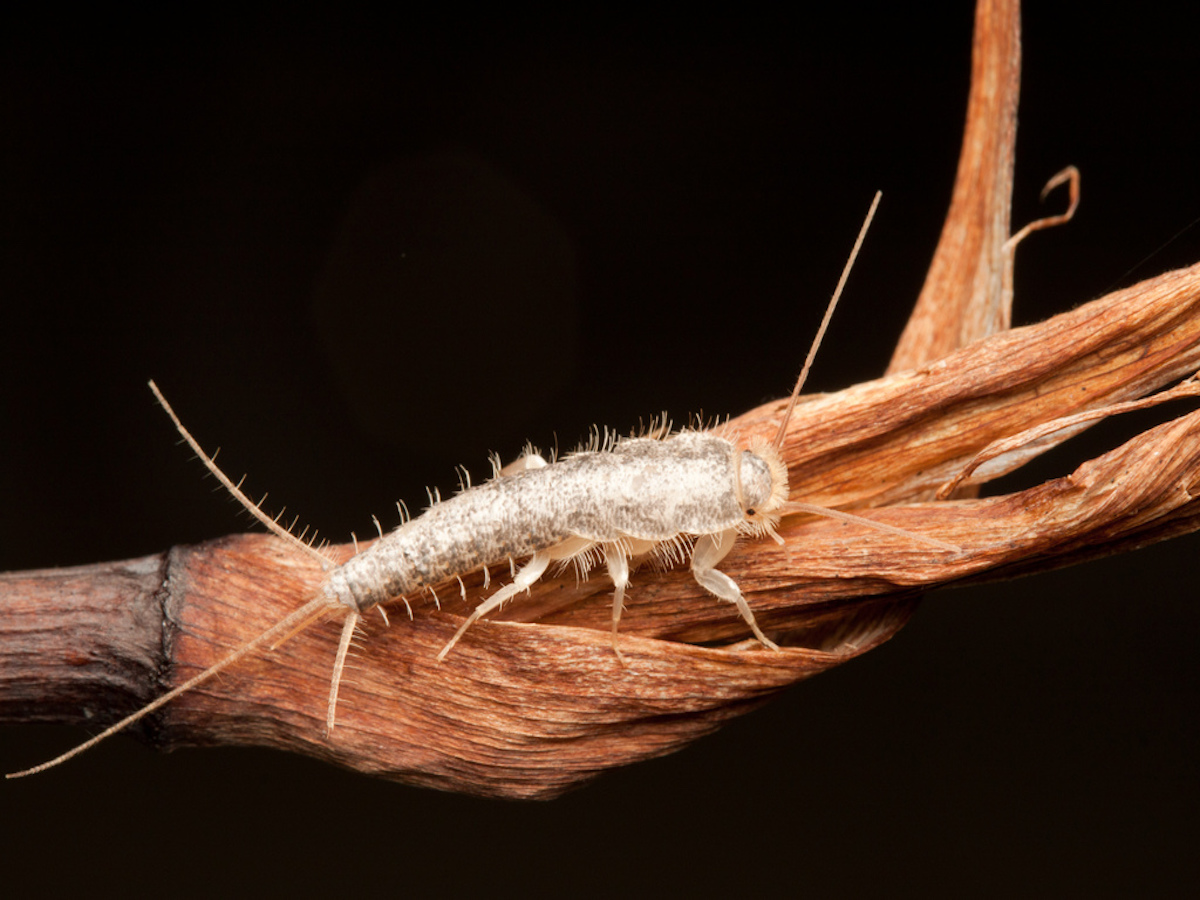
| Steps | Description |
|---|---|
| 1 | Unscrew the cover of the air conditioner vents. |
| 2 | Vacuum the vents to remove dirt and dust which can attract bugs. |
| 3 | Spray the vents with an insecticide or bug spray. |
| 4 | Screw the cover back on the vents. |
Cleaning the vents is an important step to prevent bugs from entering through air conditioner vents. I should unscrew the cover of the air conditioner vents and vacuum the vents to remove dirt and dust. I should then spray the vents with an insecticide or bug spray and screw the cover back on the vents.
Seal the Openings
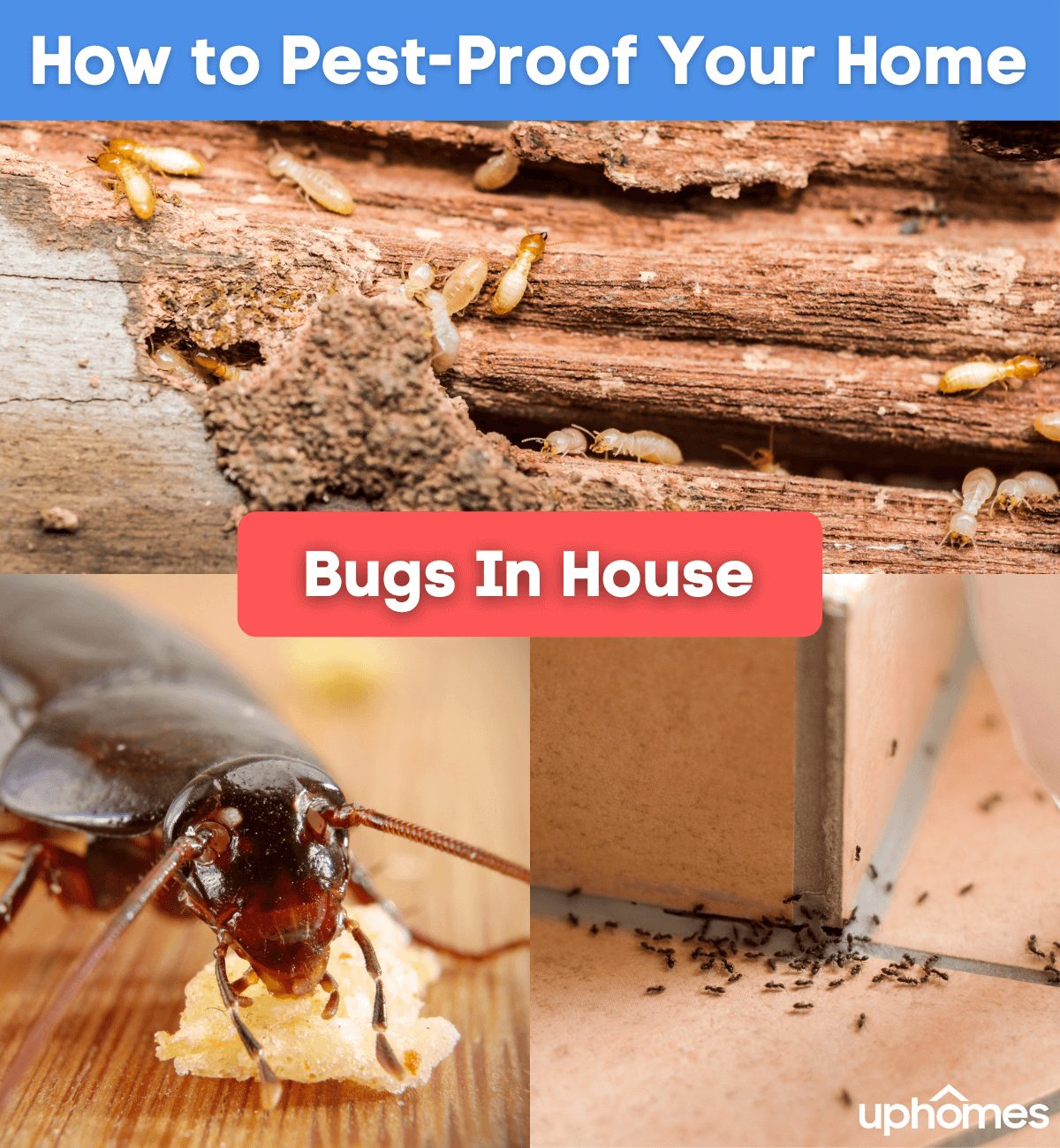
My first step in preventing bugs from coming through air conditioner vents was to seal the openings. To do this, I used a combination of caulk, foam sealant and weatherstripping.
I started by caulking around the inside of the vent, creating an airtight seal. I then moved on to the foam sealant, which I applied to any gaps between the vent and the wall. Finally, I used weatherstripping to seal any openings around the edges of the vent.
By using this combination of products, I was able to create a strong, airtight seal around the air conditioner vents, preventing any bugs from entering.
Install Mesh Screen Covers
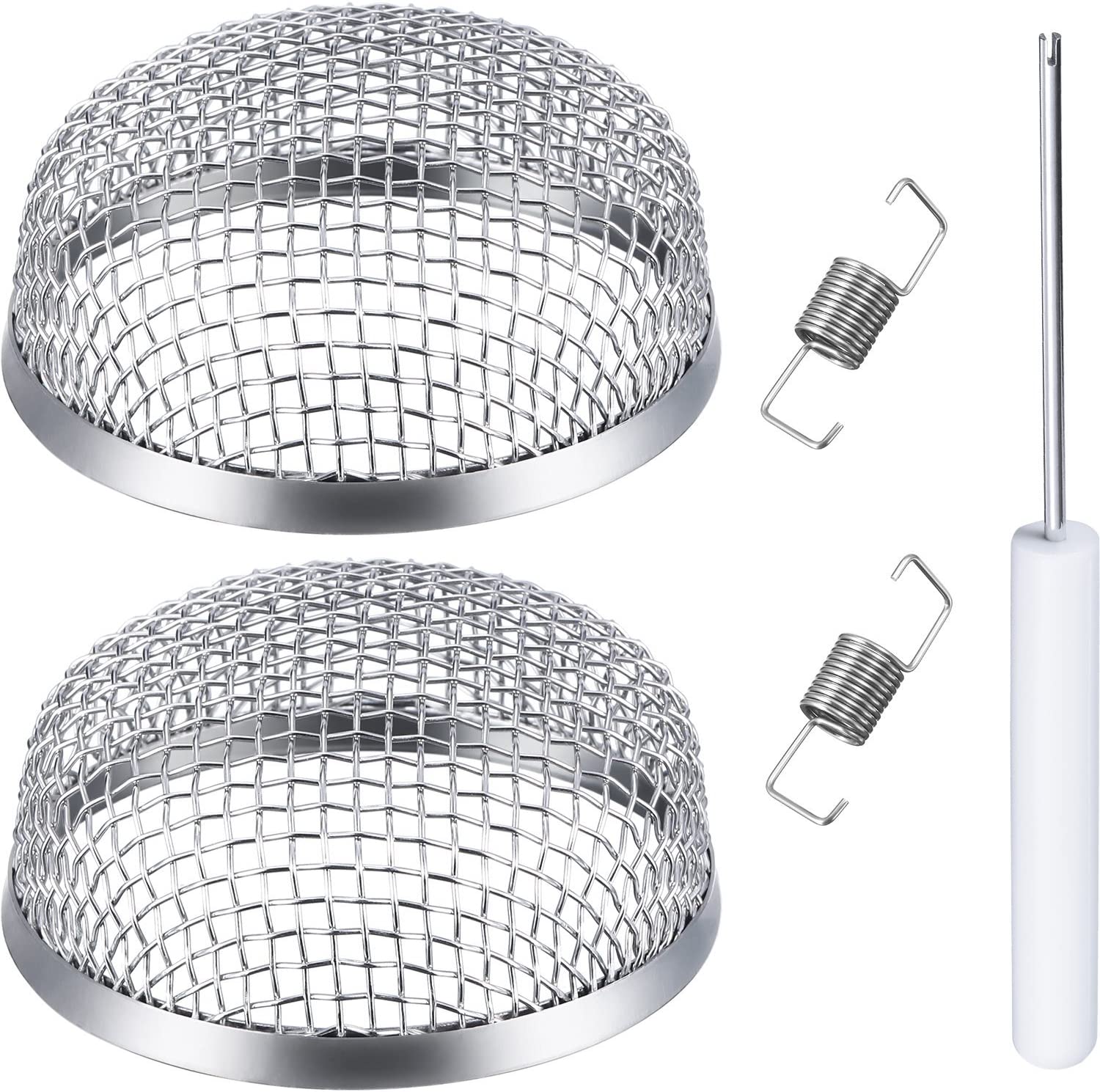
| Step | Description |
|---|---|
| 1 | Measure the vents with a tape measure to determine the size of the mesh screen covers you will need. |
| 2 | Purchase mesh screen covers of the appropriate size. |
| 3 | Remove the air conditioner vents’ covers and set aside. |
| 4 | Fit the mesh screen covers onto the vents, making sure it is snug and secure. |
| 5 | Replace the air conditioner vents’ covers over the mesh screen covers. |
Mesh screen covers are an effective way to prevent bugs from entering through air conditioner vents. The mesh screen covers should be installed on the outside of the air conditioner vents’ covers. This will help to keep bugs from getting through the gaps in the vents. Before installing the mesh screen covers, it is important to measure the vents with a tape measure to determine the size of the mesh screen covers needed. After purchasing the mesh screen covers of the appropriate size, remove the air conditioner vents’ covers and fit the mesh screen covers onto the vents. Make sure the mesh screen covers are snug and secure. After fitting the mesh screen covers, replace the air conditioner vents’ covers over them.
Replace Damaged Vents
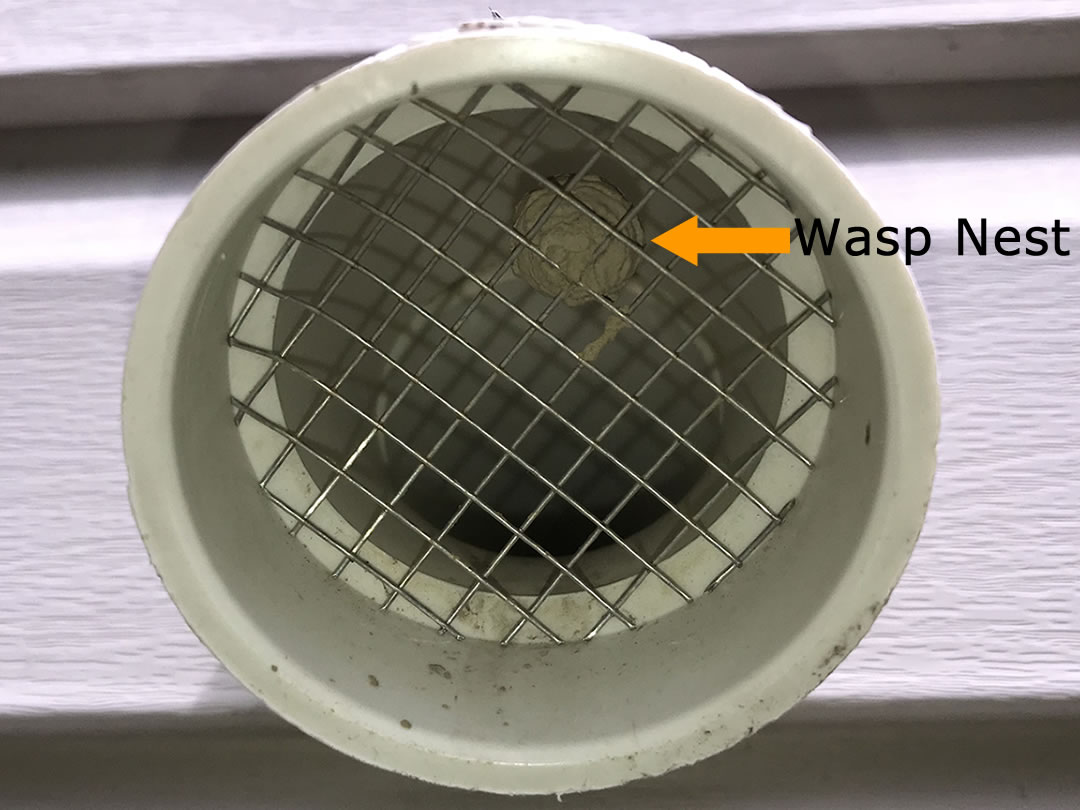
Damaged air conditioning vents can be a major entry point for bugs. Cracks, holes, or loose vents can all provide an easy way for bugs to enter. To prevent this, inspect your vents regularly for any signs of damage. If you find any, replace them immediately.
It’s best to use a vent cover that is sized for your air conditioning unit. You can purchase them from your local hardware store or online. If you’re replacing an existing vent, make sure the new one is compatible.
| Replacement Option | Pros | Cons |
|---|---|---|
| Metal Vents | Durability. Lasts longer than plastic. | Can be noisy. Expensive. |
| Plastic Vents | Lightweight. Affordable. | Less durable than metal. Quickly becomes brittle in cold weather. |
When installing the new vent, be sure to seal any gaps. To do this, use a caulk or foam sealant to fill in any cracks or crevices. This will help prevent bugs from entering through the vents.
Finally, cover the vent with a mesh screen. This will keep out most bugs, while still allowing air to flow freely. If you don’t want to buy a mesh screen, you can also use window screening or a piece of fabric.
Replacing damaged vents is a simple, yet effective, way to keep bugs out of your air conditioning system. It’s a small investment that could save you a lot of headaches in the long run.
DIY Fixes

| Fix | Instructions |
|---|---|
| Clean the filters | Vacuum the filter regularly to remove dirt and dust that may attract bugs. Replace the filter every three months. |
| Seal any openings | Look for any cracks, gaps, or holes near the air conditioner vents and seal them with caulk. |
| Install a bug screen | Place a bug screen over the vents to prevent insects from entering. |
| Use insect repellent | Spray insect repellent around the air conditioner vents to deter bugs. |
For more stubborn bug infestations, consider calling a professional exterminator.
Checking the Vents
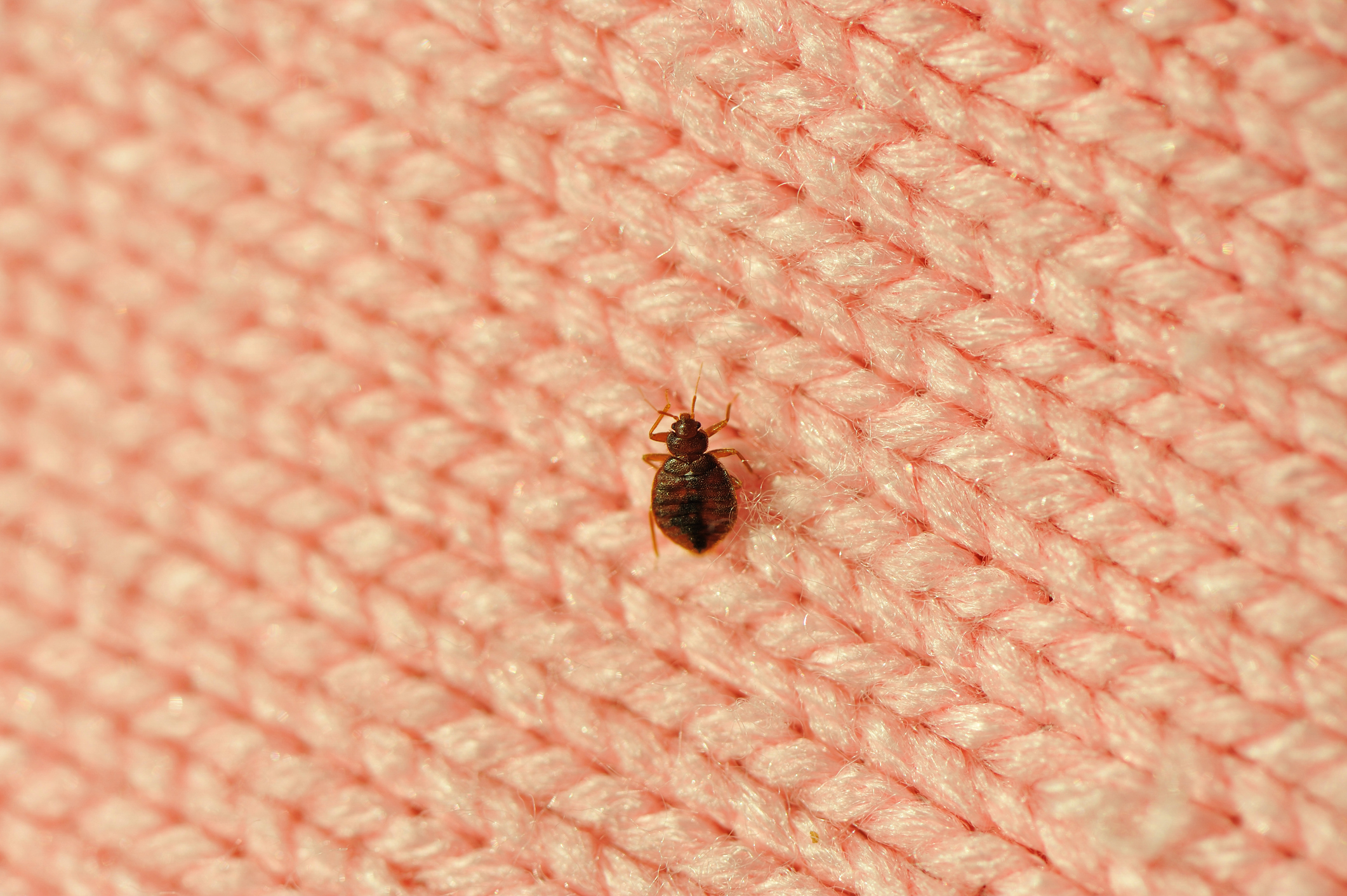
I check my air conditioner vents regularly to make sure they are not clogged or blocked. I look for any signs of insect activity, such as webs, droppings, or egg sacs. If any of these signs are present, I immediately clean the vents and apply a sealant around the edges to prevent further insect infestation. I also replace any damaged or deteriorated vents, vent covers, or grills. This helps to ensure that the air conditioner is working properly and that the vents are not allowing insects to enter the room.
Sealing the Vents
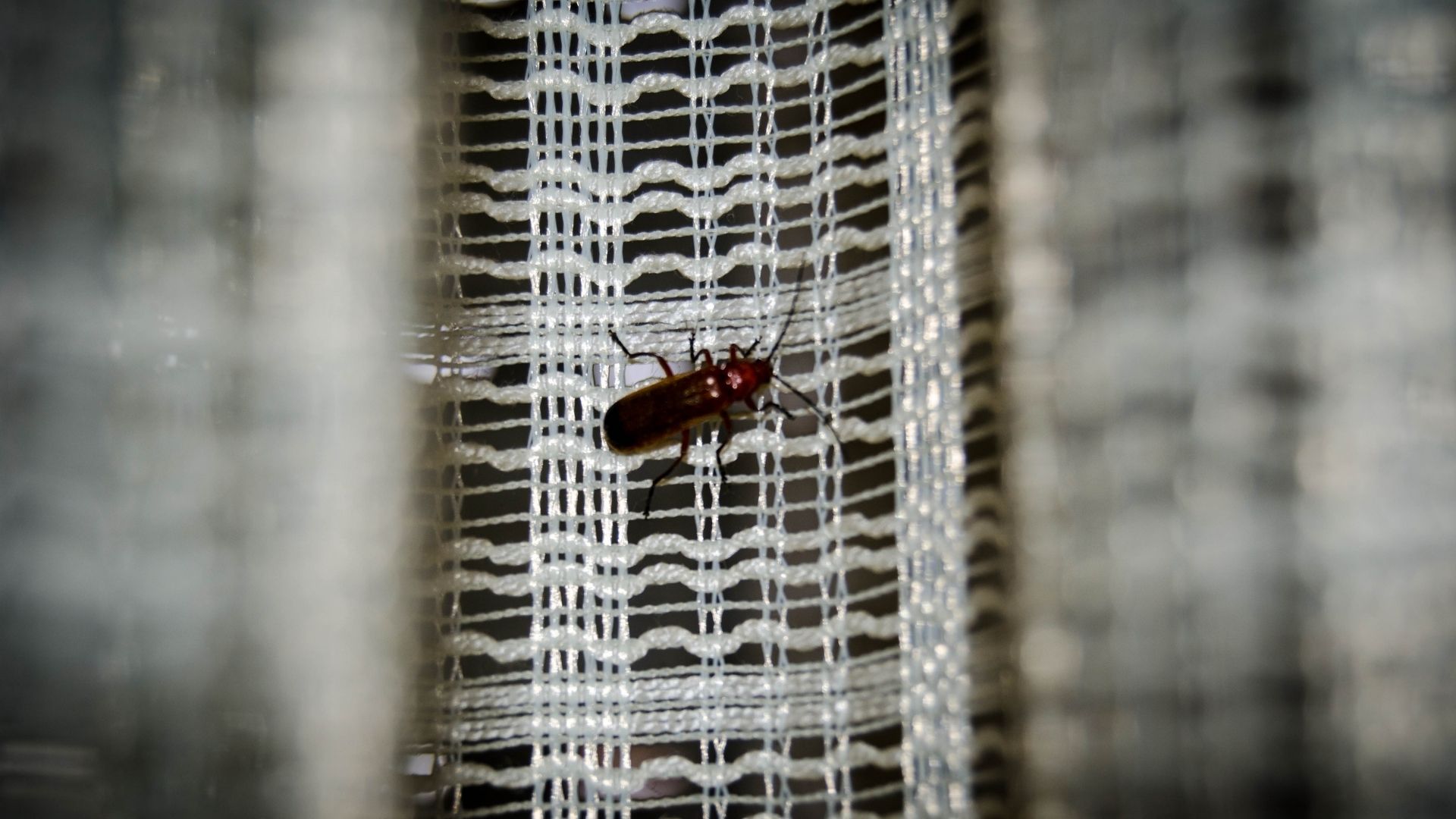
I seal my air conditioner vents to keep bugs out. To do this, I purchase a special foam sealant from my local hardware store. The sealant is easy to apply and it creates an airtight barrier around the vents. I also place mesh covers over the vents to prevent larger insects from entering. I check the seals and covers regularly to ensure they remain effective.
| Steps | Description |
|---|---|
| 1. Purchase sealant | Buy foam sealant from local hardware store |
| 2. Apply sealant | Apply sealant around the vents to create an airtight barrier |
| 3. Place mesh covers | Place mesh covers over the vents to prevent larger insects from entering |
| 4. Check seals and covers | Check the seals and covers regularly to ensure they remain effective |
Installing Mesh Screen Covers
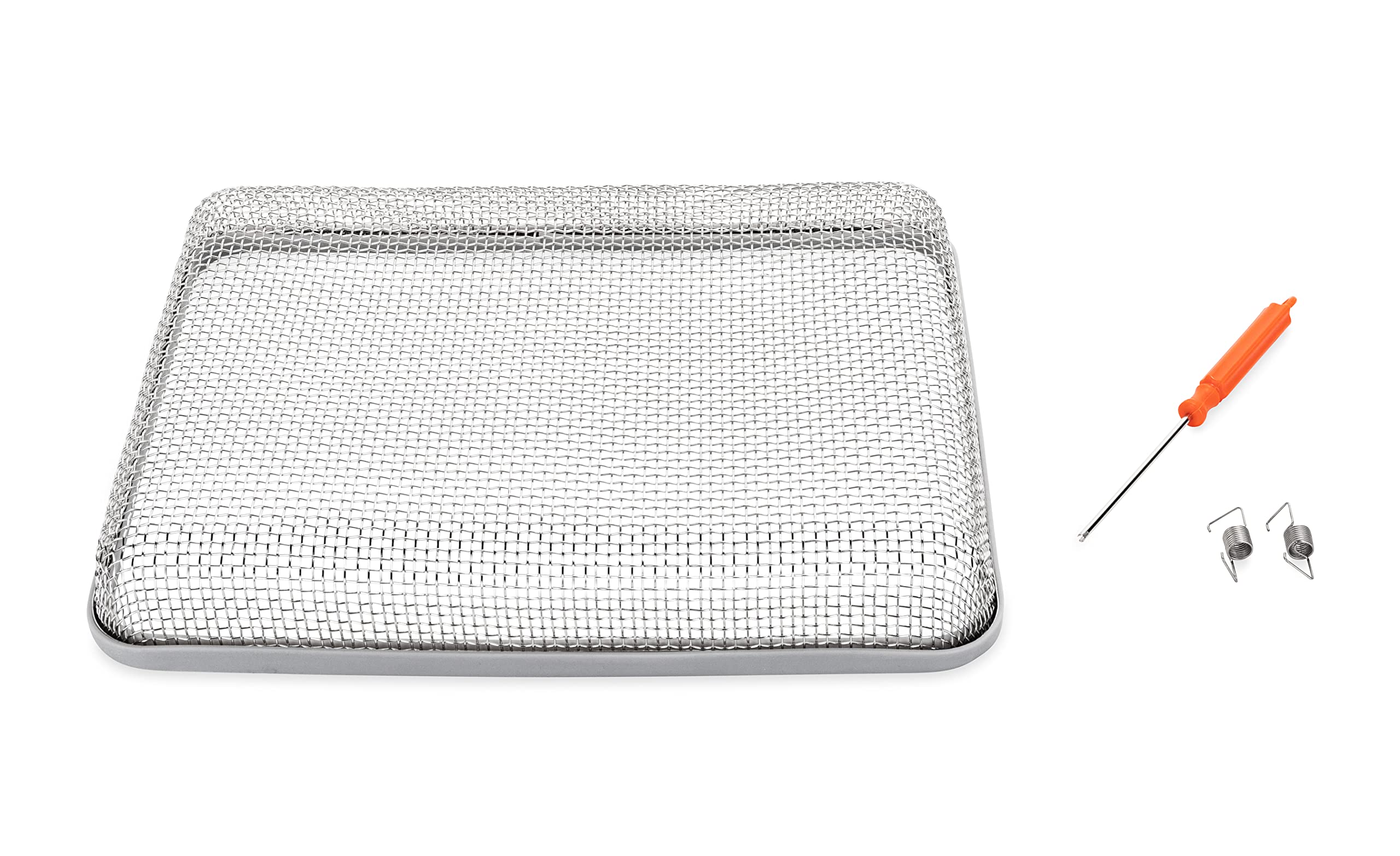
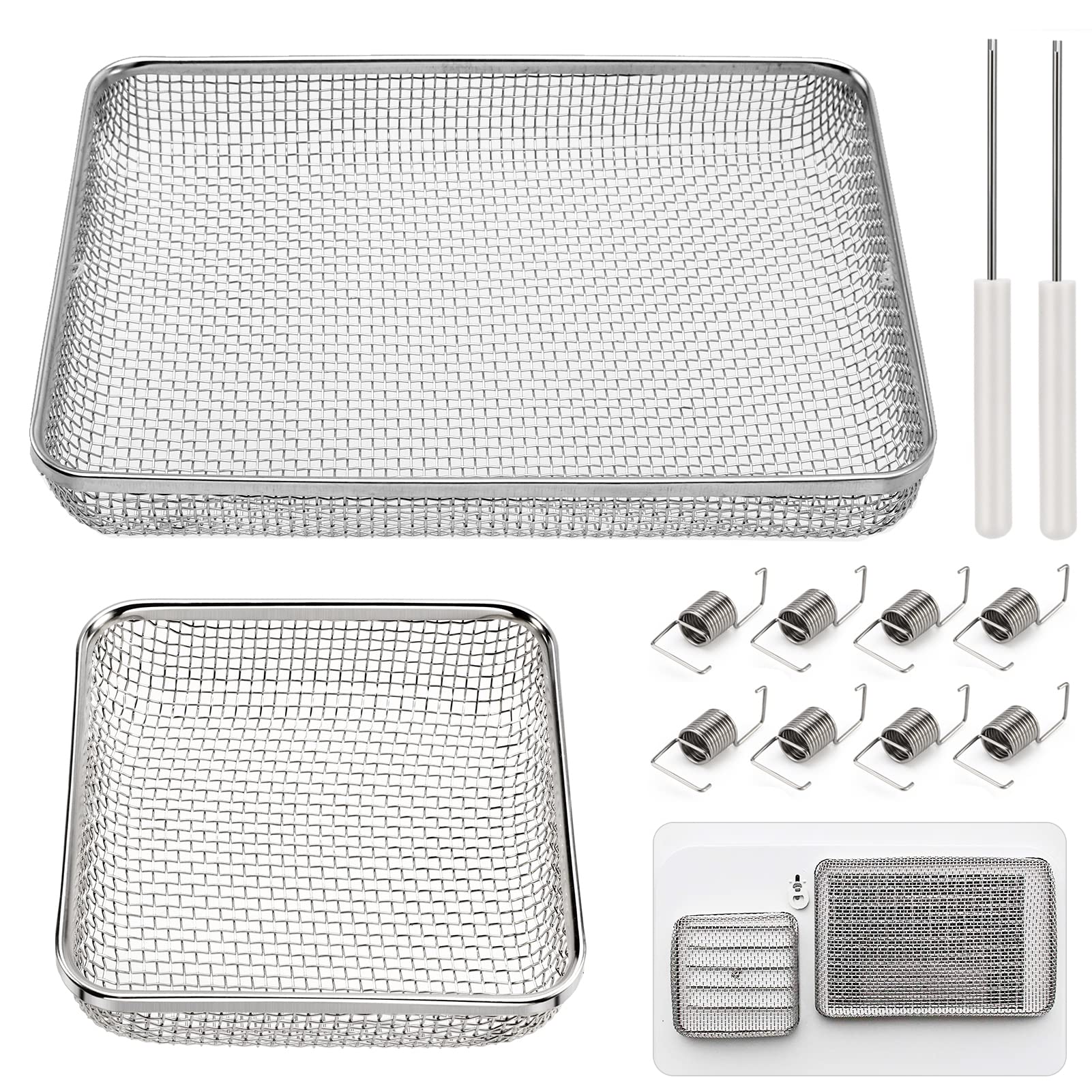
Installing mesh screen covers is a quick and easy way to prevent bugs from entering air conditioner vents. Mesh screens are made of a tightly woven mesh fabric that can be cut to size and easily installed over the vents. The mesh material is sturdy and durable, allowing air to pass through, but blocking out any bugs or other pests.
Start by measuring the size of the vent. Measure the length and width of the vent and add two inches to each measurement. Use the measurements to cut a piece of mesh screen to size, using sharp scissors. You may want to use a ruler to ensure the mesh is cut accurately.
Once the mesh is cut to size, carefully insert it into the vent. Be sure to tuck the edges of the mesh into the vent to ensure a snug fit and prevent any gaps. If needed, use a piece of tape to secure the mesh in place.
If you have several vents to cover, you may want to purchase pre-made mesh screen covers that come in a variety of sizes to fit most vents. Mesh screen covers come with adhesive backing that can be used to secure the cover to the vent.
Installing mesh screen covers is an effective way to prevent bugs from entering air conditioner vents. Once installed, it is important to regularly check the mesh and replace it if it becomes loose or damaged.
Professional Solutions
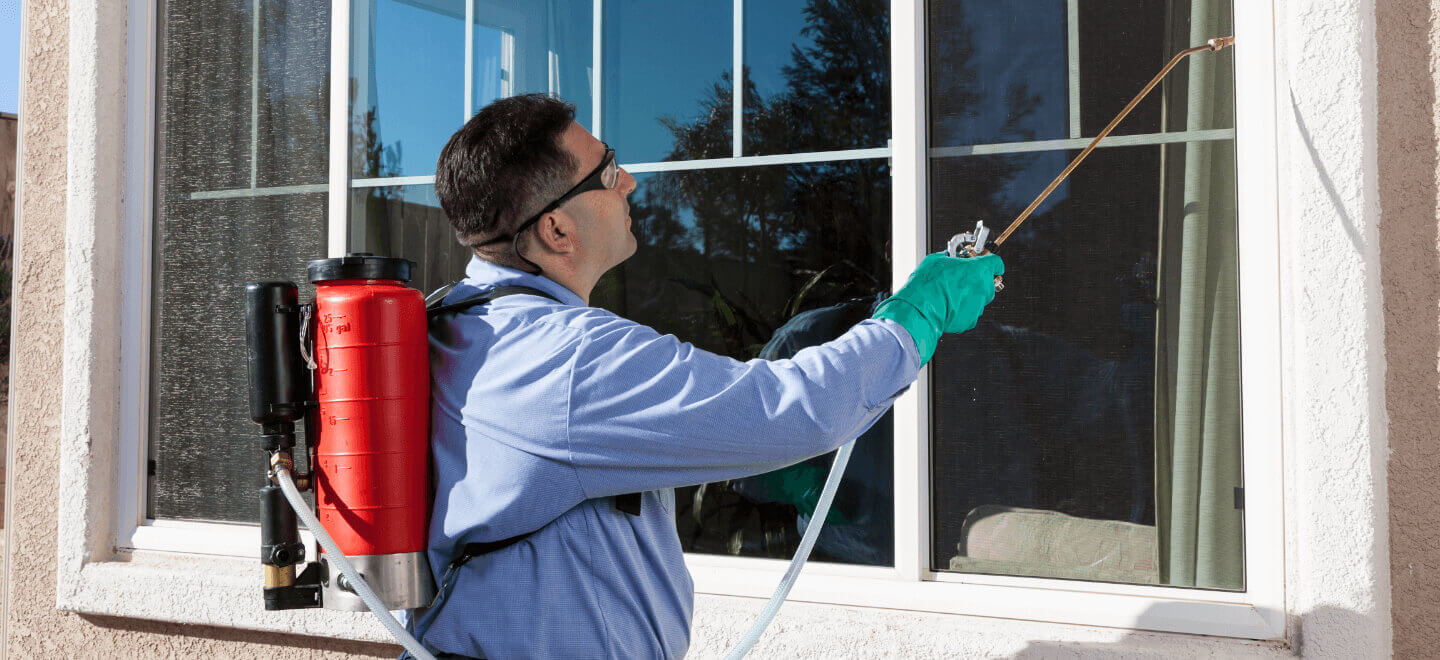
- Check for any holes or cracks in the air conditioner vents and seal them with weatherstripping.
- Replace the air filters regularly to prevent bugs from getting through the vents.
- Make sure your air conditioner is properly maintained and cleaned regularly.
- Install mesh screens over the vents to keep bugs out.
- Check the insulation around the ducts and replace it if necessary.
- Make sure the outside of the air conditioner is clean and free of debris.
- Check for any nests or hives near the air conditioner and remove them.
Cleaning the Vents

To prevent bugs from coming through air conditioner vents, the vents should be regularly cleaned. This will remove any dirt, dust and debris that may be built up in the vents, as well as any eggs or larvae that may be present.
To begin, turn off the air conditioner and disconnect the power source. Then, use a vacuum to remove any visible dirt and debris from the vent cover. Take off the vent cover and use a damp cloth to clean the inside of the vent. If the vent is particularly dirty, use a brush to scrub away any grime or buildup.
If there are any insect eggs present, they should be removed with a vacuum. Once cleaned, replace the vent cover and reconnect the power source. Finally, turn on the air conditioner and adjust the temperature to make sure it is running correctly.
By regularly cleaning the vents, you can help prevent bugs from entering your home.
Replacing Damaged Vents

- Check air conditioner vents for any signs of damage.
- Look for cracks, dents, or other signs of wear and tear.
- Replace any damaged vents with new ones.
- Ensure the new vents are properly installed.
If any of the vents are damaged, they should be replaced immediately. This will prevent bugs from entering the system through the vents. Additionally, the vents should be thoroughly cleaned to ensure that any insect eggs, larvae, or other debris are removed.
Installing Mesh Screen Covers


- Decide which vents require mesh screen covers. Measure the width and length of each vent.
- Purchase mesh screen covers that match the measurements of the vents.
- Remove the grilles or covers of the vents.
- Attach the mesh screens over the vents with the clips that come with the mesh screens.
- Secure the mesh screens firmly in place.
- Replace the grilles or covers of the vents.
Mesh screen covers are an inexpensive and effective way to keep bugs out of air conditioner vents. Installing them is a simple and straightforward process.
Benefits of Professional Solutions
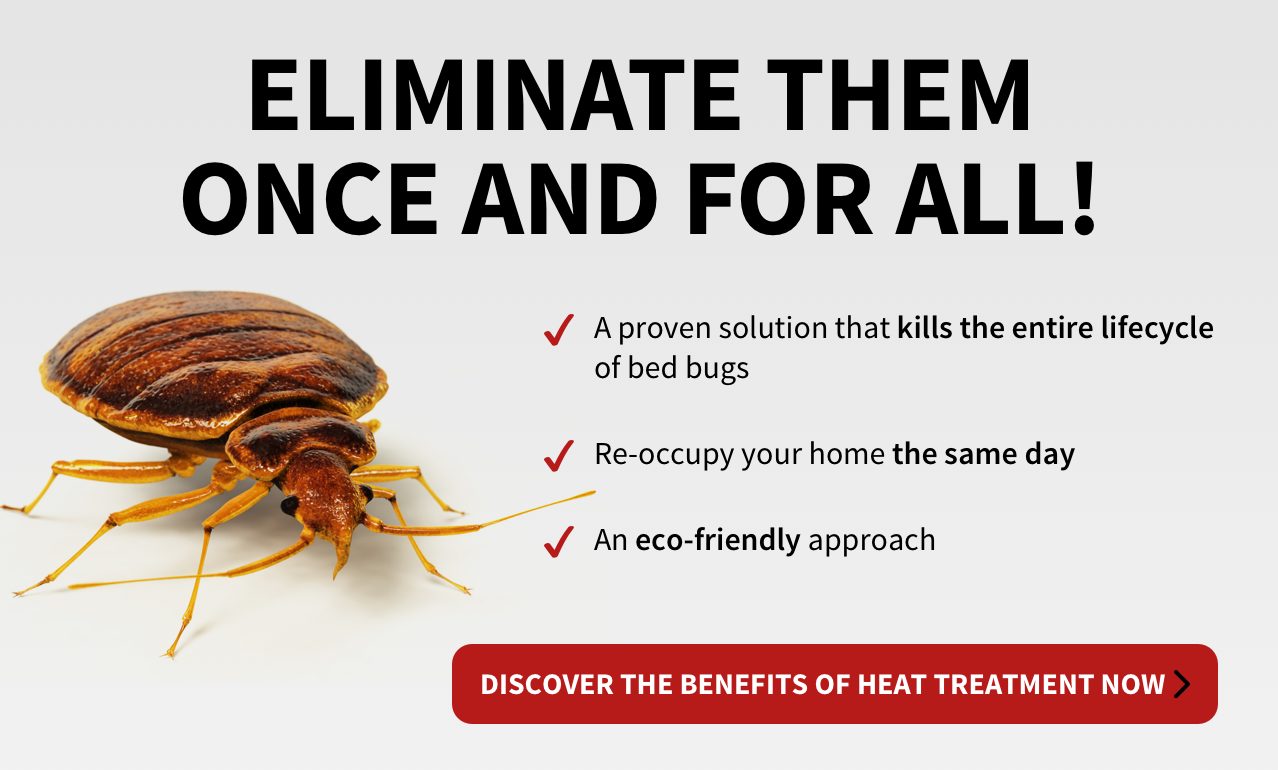
Table:
| Benefit | Description |
|---|---|
| Expertise | Professionals are trained and experienced in bug prevention, so they can identify and address problem areas quickly and correctly. |
| Access to Equipment | Professionals have access to specialized tools and equipment to properly clean and inspect air conditioner vents. |
| Thorough Cleaning | Professionals can thoroughly clean air conditioner vents, removing any dirt and debris that may attract bugs. |
| Protective Measures | Professionals can offer suggestions and install protective measures, such as screens and filters, to prevent bugs from entering the vents. |
Professionals can provide the most effective solutions for preventing bugs from entering air conditioner vents. Expertise, access to specialized equipment, thorough cleaning and protective measures are some of the benefits of hiring a professional. Professionals are trained and experienced in bug prevention, so they can identify and address problem areas quickly and correctly. They also have access to specialized tools and equipment to properly clean and inspect air conditioner vents. Additionally, they can thoroughly clean air conditioner vents, removing any dirt and debris that may attract bugs. Lastly, professionals can offer suggestions and install protective measures, such as screens and filters, to prevent bugs from entering the vents.
Cost of Professional Solutions
Preventing bugs from coming through air conditioner vents may require professional assistance. Professionals will inspect the air conditioner’s ductwork and vents for any signs of pests or signs of damage that may be causing the problem. The cost of professional solutions will vary depending on the extent of the problem, but can range from a few hundred dollars to a few thousand. A professional will most likely use insecticides, traps, and other methods to remove pests from the air conditioner’s vents and ductwork. The professional may also suggest replacing components of the air conditioner, such as air filters, to ensure that the problem is solved. Finally, they will recommend preventive measures to keep bugs from coming back.
Conclusion
I have outlined several steps to help prevent bugs from coming through air conditioner vents. Keeping the vents clean and free of dust, checking for any openings in the ducts, and ensuring that the filter is regularly changed can help keep bugs and other pests from entering your home through the air conditioner vents. Doing regular maintenance on your air conditioner and vents can help prevent the spread of bugs and other pests.
Frequently Asked Questions
What are some proven tips to keep bugs out of the house through air conditioner vents?
Regularly inspect air conditioner vents for any signs of damage or gaps. Use a vacuum cleaner to remove debris and dust buildup. Place mesh screens on air conditioner vents and windows to prevent entry of flying insects. Seal any cracks, crevices, and joints around windows, doorframes, and other entry points to block bugs. Install weatherstripping around doors and windows to prevent bugs from entering. Apply caulk around the edges of doors and windows to fill gaps. Change air filters regularly to reduce dust and other debris.
How can I prevent bugs from entering my house through an air conditioner vent?
Clean the air conditioner vents regularly – debris and dust can attract bugs and act as a source of food for them. Check the vent for any holes or cracks and repair them if necessary. Install a mesh cover or insect screen to prevent bugs from entering the vent. Ensure that the mesh cover is securely attached and that it fits well over the vent. Check the exterior vent for any damage and repair as needed. Seal any openings around the air conditioner vent with caulk. Check the air conditioner filter regularly and replace it when necessary.
What are some effective ways to get rid of bugs in air conditioner vents?
Regularly cleaning air conditioner vents can help reduce the number of bugs that get into the vents. Vacuuming the vents regularly will remove any debris or bugs that may have gotten into the system. If a vacuum is not available, use a can of compressed air to blow out the vents. If bugs are present in the vents, use a vacuum to suck them up. Insecticides may also be used to get rid of bugs, but use them carefully and follow instructions. If the insecticide is not effective, professional pest control services should be called in to properly get rid of the bugs.
What is the best way to seal a window air conditioner to prevent bugs from entering?
To prevent bugs from entering through a window air conditioner, it is important to ensure the window and air conditioner unit itself is properly sealed. This can be done by ensuring the window is completely closed, and using weatherstripping or adhesive foam around the frame and the unit. Additionally, a mesh screen can be installed over the outside of the air conditioner to prevent bugs from entering.
How Can I Stop Bugs from Coming in Through My Air Conditioner Vents?
Close the air conditioner vents when not in use. Install tight-fitting screens on both the inside and outside of the vents to prevent bugs from entering. Make sure that the screens are securely attached to the vents. Replace any damaged or loose screens. Keep vents clean and free from debris to prevent bugs from gathering. Regularly check for any holes in the vents, and repair any damage immediately. Check the air filter and ensure it is in good condition; replace if necessary.
Conclusion
I have outlined the measures I take to prevent bugs from entering my home through air conditioner vents. I ensure all the vents are sealed and covered with a screen to stop any insects from entering. I also regularly vacuum the vents and the surrounding area. I also keep the exterior of my home free from debris and clutter to reduce the chances of bugs finding a way in. Finally, I use insect repellents and sprays to keep bugs away from my home.
